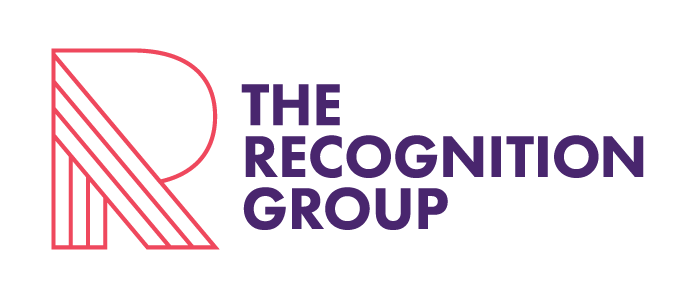Are newsletters helping or hindering marketing?
Is your newsletter having a positive or negative impact on your email marketing database? Do people ‘refer-a-friend’ when they get your newsletter, or unsubscribe?
I am sent many online newsletters and am consistently amazed, and not in a good way. What has clearly started as a great communications initiative from an organisation has somehow ended up as boring mush that appeals to no one by the time it appears on my screen.
Here are some tips for improving the chance of having your newsletter read.
Lets start with the subject line. A good subject line will make the reader want to open an email newsletter and a bad one won’t. A bad subject line for me is one that says “XYZ company newsletter.”
You’ve lost my attention straight away.
Why?
Because the message it sends is that it’s all about Company XYZ and nothing about me. Relevancy to the reader is everything. Get the subject line right and you’re in with a chance.
Try to keep capitals to a minimum too. People are taught from a very early age to identify capitals with the start of sentences or as a proper noun. If You Make Every Word a Capital comprehension drastically reduces and so does the number of people who will continue to read. Australian and UK audiences really get turned off with this style of writing although it seems prevalent in the US.
Likewise, many newsletters launch into their own news in the opening paragraphs. This is when reader engagement is most vital. Lose them here and they’re not going coming back.
It’s hard to engage a reader by telling them all about you the minute they start reading. We wouldn’t do it on a date (as far as I recall) and this is an even more tenuous relationship.
A common form of this is written as “X person has left and has been replaced by Y” or “We’re very excited about (whatever you’re excited about)”. You can be very excited about things (or your MD can be pleased about something) but I really don’t feel any different as a person at this point and I certainly haven’t learned anything I can put to good use.
An often overlooked fact is that every reader is an individual. As individuals we all listen to our favourite tunes on WII FM (What’s in it for me). Unless something is clearly relevant to me I’m unlikely to engage.
Subject lines and headlines need to clearly state the benefit to me. Headlines such as: “10 things you need to know about XYZ”, “What every business manager must know but no-one will tell you” gives readers a reason to continue reading and to potentially share the information with others.
This leads me to the question I’ve been asking more lately. Are newsletters dead?
I suspect the answer is no, but with some qualification. Perhaps blogging (if done well) is the new newsletter?
With blogs you can easily tailor entries directly to relevant readers. Blogs have the added benefit of being easily used to extend your reach via social media. Articles can be added to LinkedIn and tweeted as relevant.
In addition, you can measure the click through rates for each article so you know what readers are interested in and what’s working for you vs open rates for the newsletter as a whole.
Newsletters, if done well, certainly can be powerful but if not done well you put your marketing database at risk and given the hard work spent acquiring and maintaining data that’s the last thing most people want.
